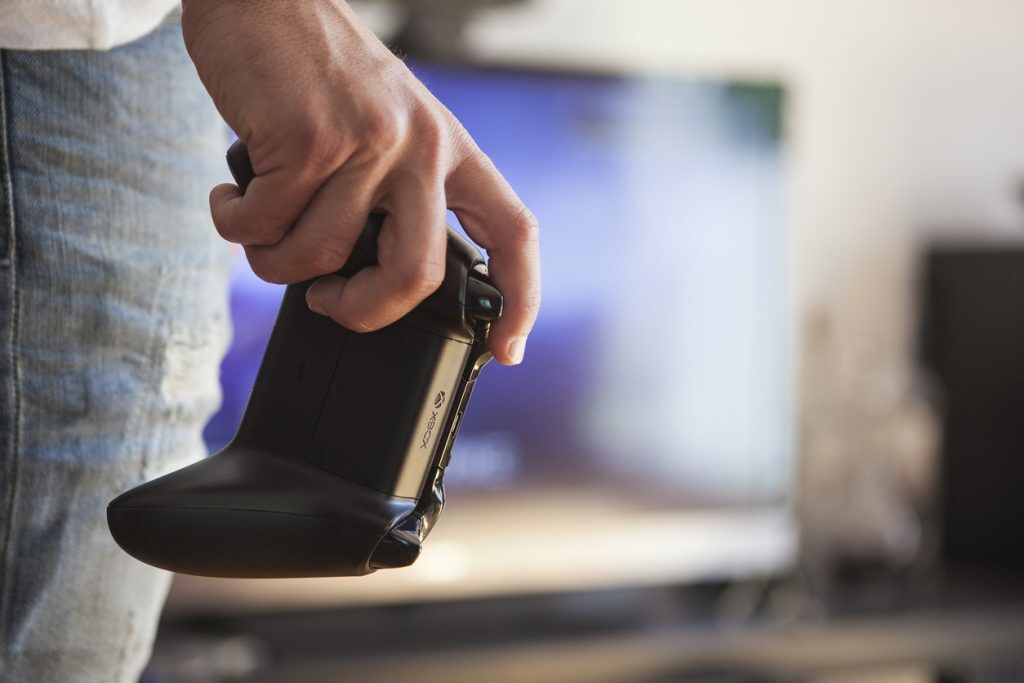BCRF investigator Dr. Peter Kuhn and Dr. Jorge Nieva share their innovative approach to advance breast cancer care.
At the 2019 AACR Annual Meeting, BCRF researcher Dr. Peter Kuhn and his fellow collaborator Dr. Jorge Nieva shared how they are collaborating to improve patient care using an unorthodox method: video game technology reimagined by the physicist and validated by the physician.
The genesis of this project stemmed from a common challenge in patient care: helping clinicians make informed decisions for their patients using unbiased data. This difficulty is commonly found when doctors try to asses a patient’s performance status – that is, their ability to perform daily activities.
A common approach doctors undertake is by observing a patient moving from a chair to the exam table. However, reading the results of this exercise are prone to bias and are not always straightforward.
To resolve this, Dr. Kuhn, a trained physicist, rewired a Microsoft® Xbox Kinect motion sensing device (similar to the motion detecting technology popularized with the Nintendo Wii) to get an unbiased measurement of movement and patient performance status.
“Digitizing cancer and digitizing health can in fact really help us to deconvolute health care disparities,” Dr. Kuhn said.
Indeed, not only could this approach lead to an objective measurement, but it has the potential to be used as a biomarker to predict poor outcomes.
While this sounds promising, the device must be proven in a clinical trial setting in order for physicians like Dr. Nieva to adopt it.
“Whenever a physicist shows me a cool technology, the first thing I want to do is to prove it in a clinical trial that it actually works,” Dr. Nieva said.
The pair are ready to embark on the next step of their work together. While it remains in its preliminary stages, they plan to use the devices to analyze patients’ performance status between doctors’ visits. Since the devices are small and easy to transport, patients will be able to use them at home regardless of where they live. The hope is this technology may increase patient participate in clinical trials and improve treatment outcomes.







